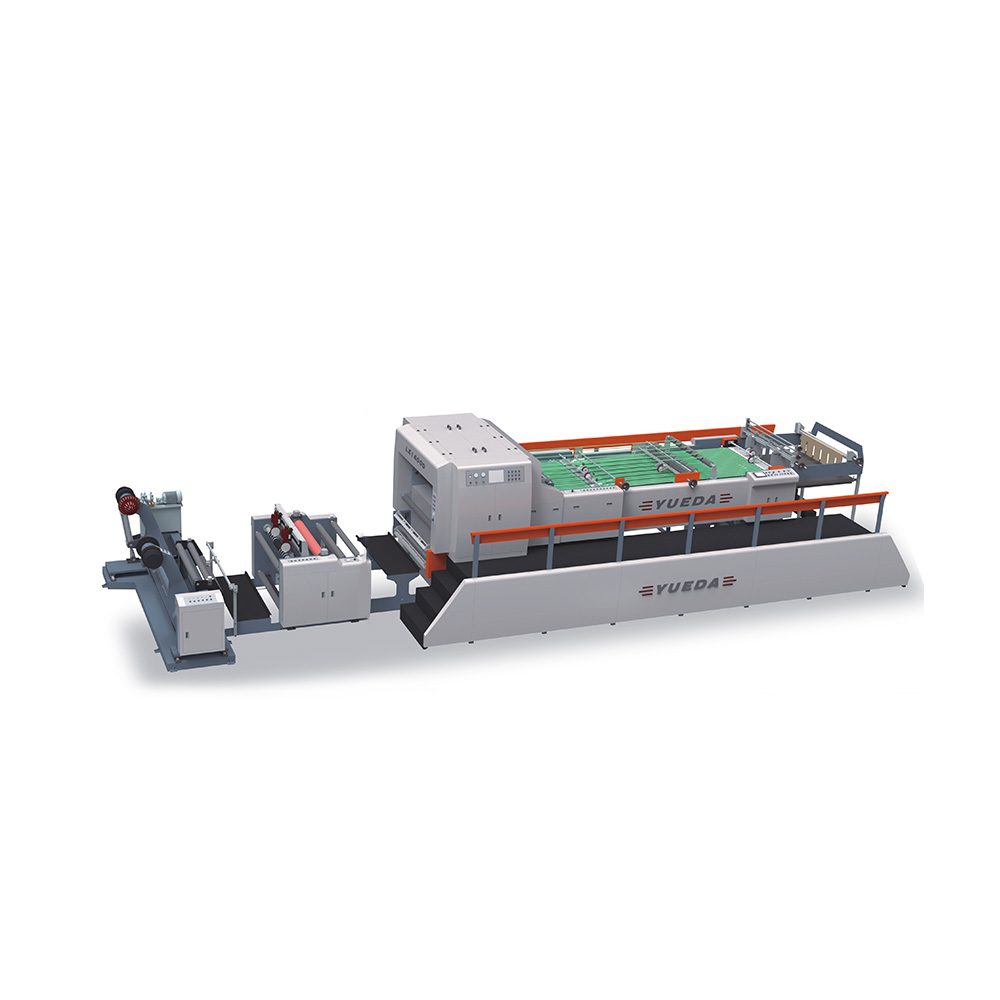- Home
- About Us
- Products
- Automatic Paper Embossing Machine
- Die Cutting Embossing Machine
- Foil Stamping Embossing Machine
- Screen Printing Machine
- Cardboard Laminating Machine
- Positioning Sheet Cutting Machine
- Hologram Laser Embossing Machine
- Screen Complete Printing Equipment
- H1000/H1500 Frame Making Machine
- 1100PM Plate Baking Machine
- EX1215/EX1518 Screen Exposure Machine
- MX1214/MX1518 Manual Screen Stretching Machine
- SFL-3F Compressed Air Dryer Machine
- EX1150 Vacuum Exposure Machine
- G1200 Manual Squeegee Grinding Machine
- E1300 Laser Engraving & Etching Machine
- UV3500R UV Dryer Machine
- Printing Material
- News Center
- Faq
- Contact Us
Web Menu
- Home
- About Us
- Products
- Automatic Paper Embossing Machine
- Die Cutting Embossing Machine
- Foil Stamping Embossing Machine
- Screen Printing Machine
- Cardboard Laminating Machine
- Positioning Sheet Cutting Machine
- Hologram Laser Embossing Machine
- Screen Complete Printing Equipment
- H1000/H1500 Frame Making Machine
- 1100PM Plate Baking Machine
- EX1215/EX1518 Screen Exposure Machine
- MX1214/MX1518 Manual Screen Stretching Machine
- SFL-3F Compressed Air Dryer Machine
- EX1150 Vacuum Exposure Machine
- G1200 Manual Squeegee Grinding Machine
- E1300 Laser Engraving & Etching Machine
- UV3500R UV Dryer Machine
- Printing Material
- News Center
- Faq
- Contact Us
Product Search
Exit Menu
What factors should be considered when choosing a blade for a sheet cutting machine?
Choosing the right blade for a sheet cutting machine involves considering several key factors to ensure optimal performance, cut quality, and efficiency. Here are the main factors to consider:
Material Type:
Hardness: The hardness of the material to be cut (e.g., metal, plastic, rubber, fabric) determines the blade material and edge type. Harder materials may require blades made of high-carbon steel or tungsten carbide, while softer materials might need a gentler, less aggressive blade.
Thickness: Thicker materials often need stronger, more durable blades to ensure a clean cut without deformation or excessive wear on the blade.
Composition: Some materials, like composites or laminates, may require specialized blades to handle their unique properties without causing delamination or chipping.
Cutting Precision:
Edge Quality: If the application demands a smooth, burr-free edge, such as in decorative or high-precision parts, a more refined blade, like a shear or rotary blade, might be needed. For applications where edge finish is less critical, a straight or serrated blade might suffice.
Tolerances: Tight tolerances require high-precision blades and possibly CNC-controlled cutting to ensure consistent, accurate results.
Blade Type:
Straight Blades: Suitable for simple, straight cuts, especially in thin or soft materials.
Rotary Blades: Ideal for continuous cuts with smooth edges, often used in textile or film cutting.
Shear Blades: Best for precision cuts with minimal material distortion, particularly in metals or thicker materials.
Serrated Blades: Useful for cutting materials that tend to slip, such as fabrics or foams.
Specialty Blades: Waterjet, laser, or crush cut blades might be required for specific applications, depending on the material properties and desired cut quality.
Cutting Speed:
Production Speed: High-speed cutting requires blades that can withstand rapid movement without degrading, which might favor certain materials or coatings.
Blade Durability: Faster cutting can lead to quicker blade wear, so materials like tungsten carbide may be necessary for maintaining edge sharpness over time.
Maintenance and Durability:
Blade Longevity: The frequency of blade replacement or sharpening affects overall cost and downtime. Durable blades that require less frequent maintenance are preferred in high-production environments.
Ease of Maintenance: Some blades are easier to sharpen or replace than others, which can be a significant factor in minimizing operational disruptions.

Cost Considerations:
Initial Investment vs. Longevity: Higher-quality blades may have a higher upfront cost but offer longer life and better performance, which can reduce long-term operational costs.
Application-Specific Needs: Sometimes, a less expensive blade may be suitable for short-run or low-precision applications, balancing cost with the required performance.
Machine Compatibility:
Blade Size and Mounting: Ensure the blade size, thickness, and mounting method are compatible with the machine to avoid issues with installation or performance.
Power and Torque: The machine’s power output and torque must be matched to the blade to prevent stalling or inefficiencies during cutting.
Environmental Factors:
Heat Generation: Some materials generate significant heat during cutting, which could affect the blade material choice. Blades that dissipate heat effectively or are resistant to thermal damage are preferable in such cases.
Cooling and Lubrication: The need for cooling or lubrication during cutting may dictate the type of blade used, as some blades perform better under certain conditions.
Application Requirements:
Specific Industry Standards: Certain industries, such as aerospace or medical device manufacturing, have strict standards for cut quality and material handling, which can influence blade choice.
Frequency of Use: The blade’s expected usage frequency can impact the decision, with heavy-duty blades preferred for continuous operation.
Safety Considerations:
Operator Safety: Some blade types may pose more risk to operators due to sharpness, speed, or material handling. Blades with safety features, such as protective coatings or specialized guards, may be necessary.
By carefully evaluating these factors, you can select the most appropriate blade for your sheet cutting machine, ensuring that it meets the specific needs of your application while maximizing efficiency, safety, and cost-effectiveness.
of interest
Didn't Find A Product That Suits You?
Contact us for the latest news.
QUICK LINKS
PRODUCT CENTER
Contact Us
-

+86 13738772345
-

13738772345@163.com
-

+86-577-68100881
-

+86-577-68100882
-

No. 11 Haifeng Road, Longgang City, Wenzhou City, Zhejiang Province, China


 中文简体
中文简体 Español
Español












